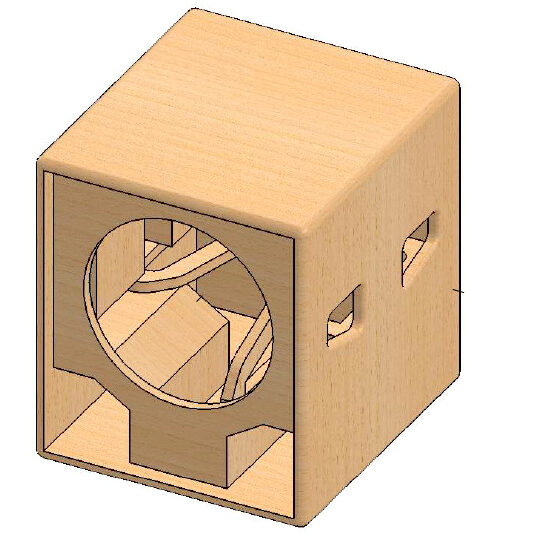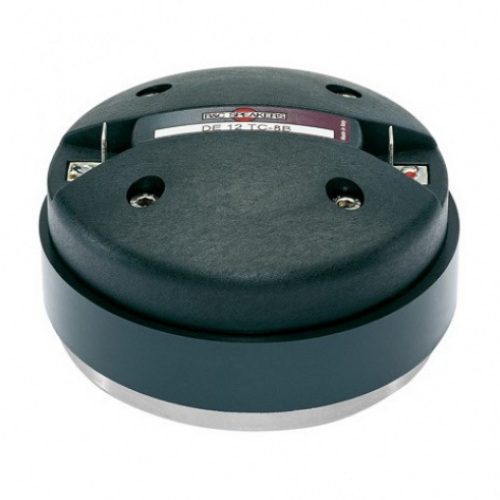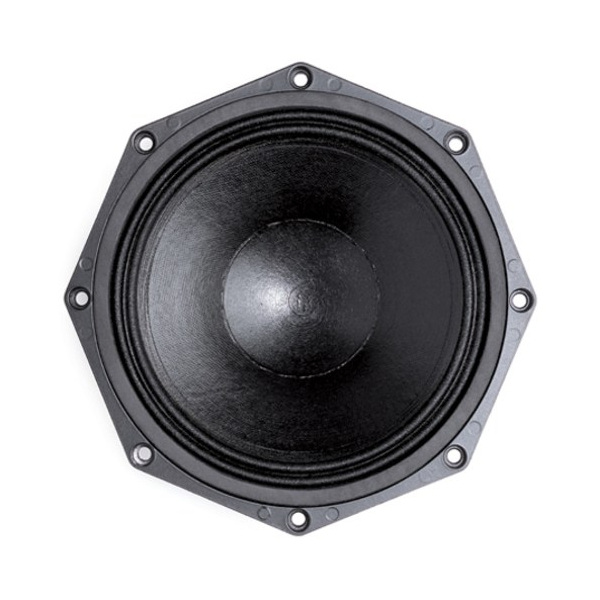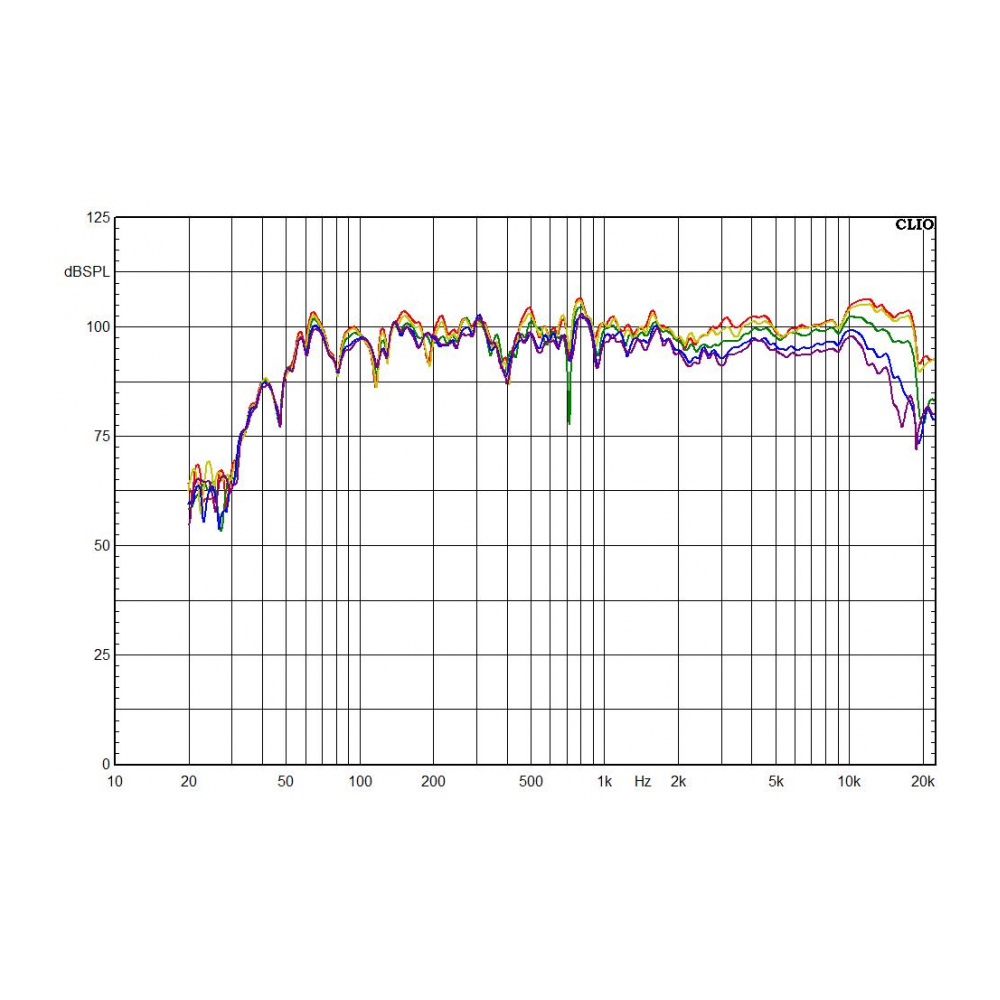8″ bass reflex cabinet. The most common type of bass speaker, a front facing driver, with bass ports for extended bass response.

For this type of cabinet, it’s best to try to match the resonant frequency of the original driver, as the cabinet will have been designed to get the best results from the driver through adjustment of the port size. Most common 18″ bassbins are tuned to around 32-35Hz and it’s best to stick with a driver that has a Fs (Resonant Frequency) around this region. To cut a long story short, if the port tuning doesn’t match the Resonant Frequency of the driver you will lose much of the benefits of the bass port, resulting in less bass output, potentially encouraging the user to turn up the bass to compensate, and ultimately putting too much extra power into the bass, causing failure. In addition to this, a serious misalignment of cabinet to driver can cause poor excursion control, potentially making the cone of the driver move back and forth excessively, which can contribute to premature failure. Unless you are confident in your knowledge of the original speaker design, we would recommend avoiding drivers with very low Fs that are designed for infrasub. Drivers with resonant frequencies below 32Hz need a correctly designed cabinets to operate correctly, and are best avoided as standard drop in replacements. Click here to read more about Fs : Resonant Frequency.
Cabinet size is also a factor in bass reflex cabinets, and how the driver interacts with the internal air volume is also a critical part of the design. The current trend is for compact bass reflex cabinets, and these generally work best with 18″ drivers that have a Qts of between 0.31 and 0.4. We have found that 18″ woofers with higher Qts (0.4 or above) tend to be happier in slightly larger cabinets – if you’ve ever looked into audio history – it used to be popular to have HUGE subwoofers, the size of wardrobes, and the high Qts devices used to work well in those. This is just a guideline, not a hard rule, you might find a woofer with Qts of 0.41 that works in your box.
Here’s a quick list of some of the most popular high power 18″ woofers used in small-medium bass reflex cabinets:
B&C 18TBX100
RCL L18P300
B&C 18TBW100
Fane Colossus 18XB
Fane Colossus Prime 18XS
Faital Pro 18XL1600
Beyma 18P1000Fe
There are of course many other drivers, these are just some of the best sellers that are well known, versatile and known to work well in Bass Reflex Cabinets.



